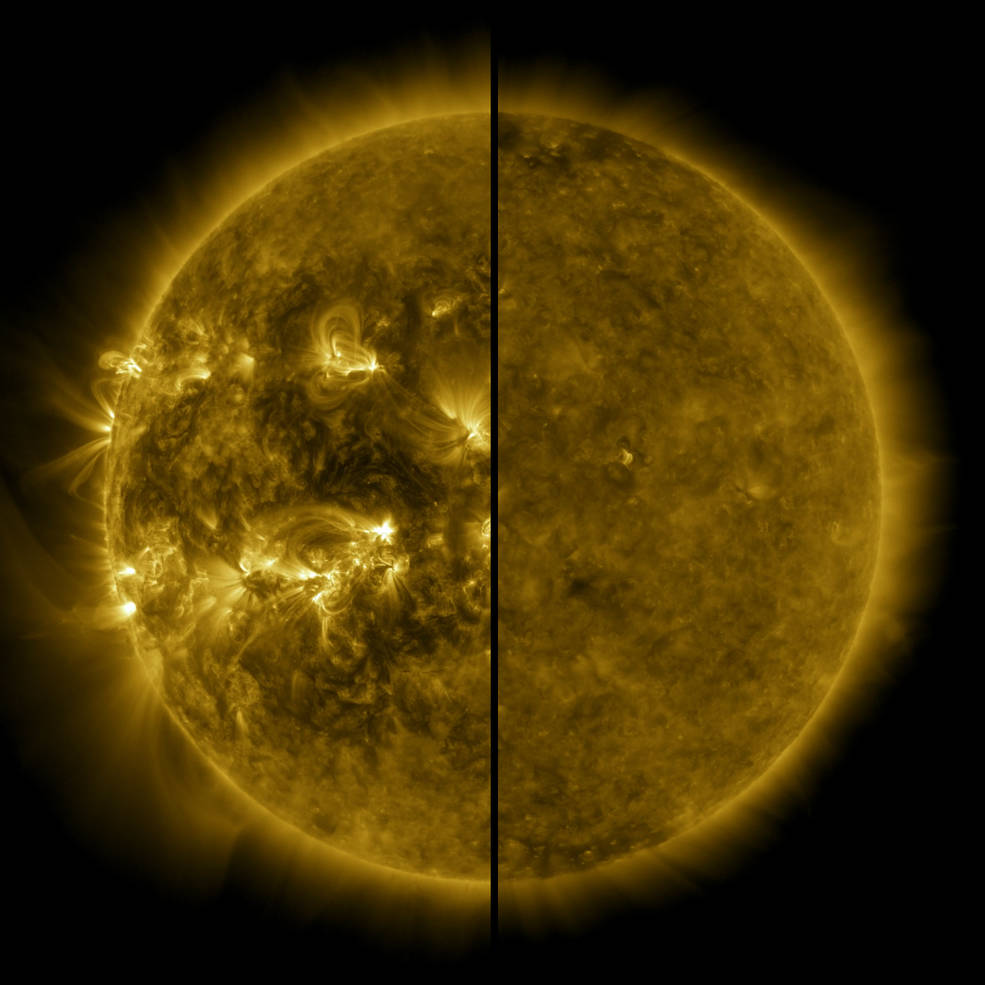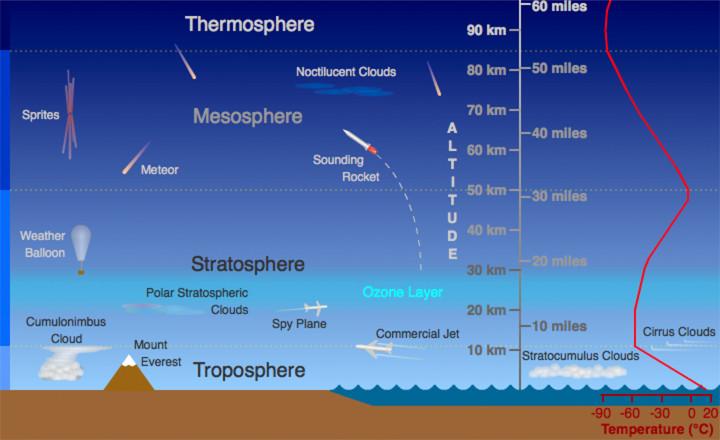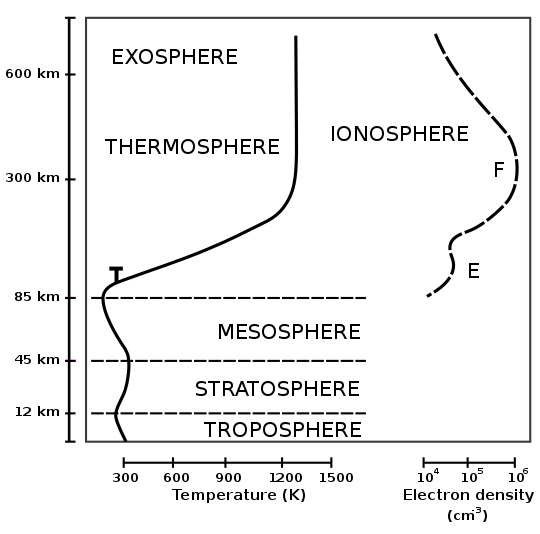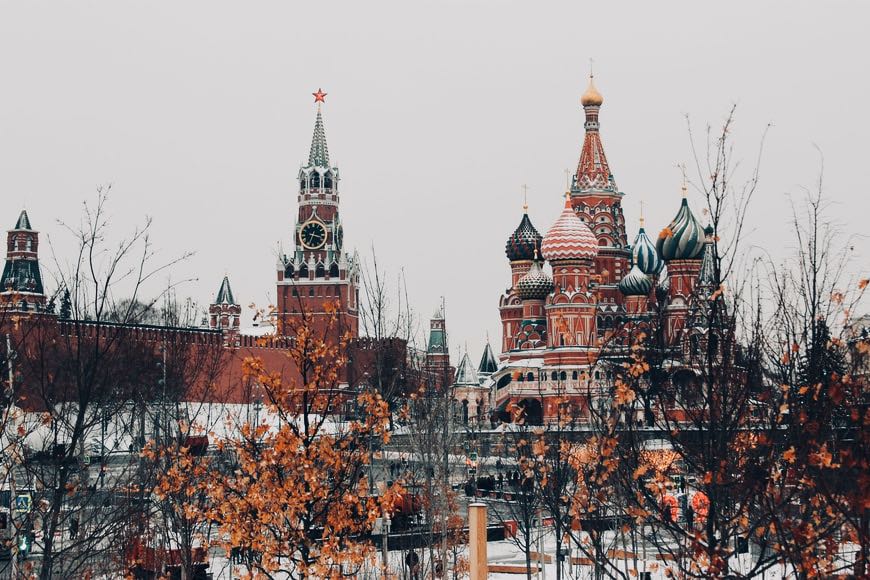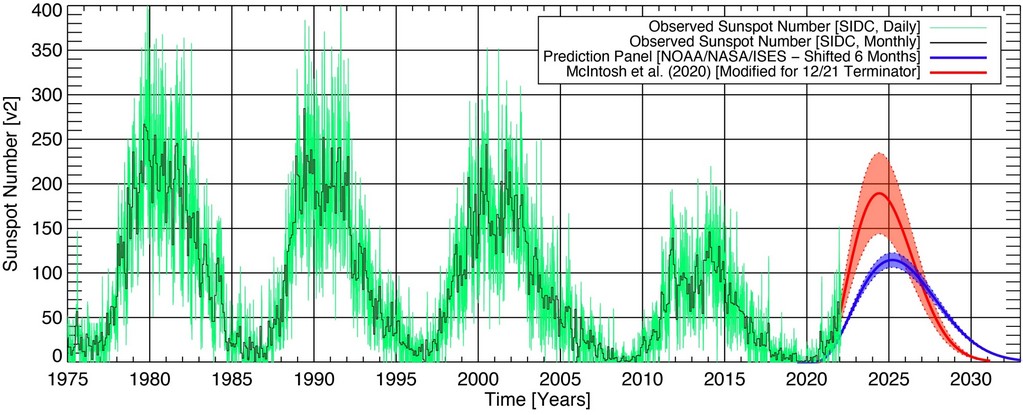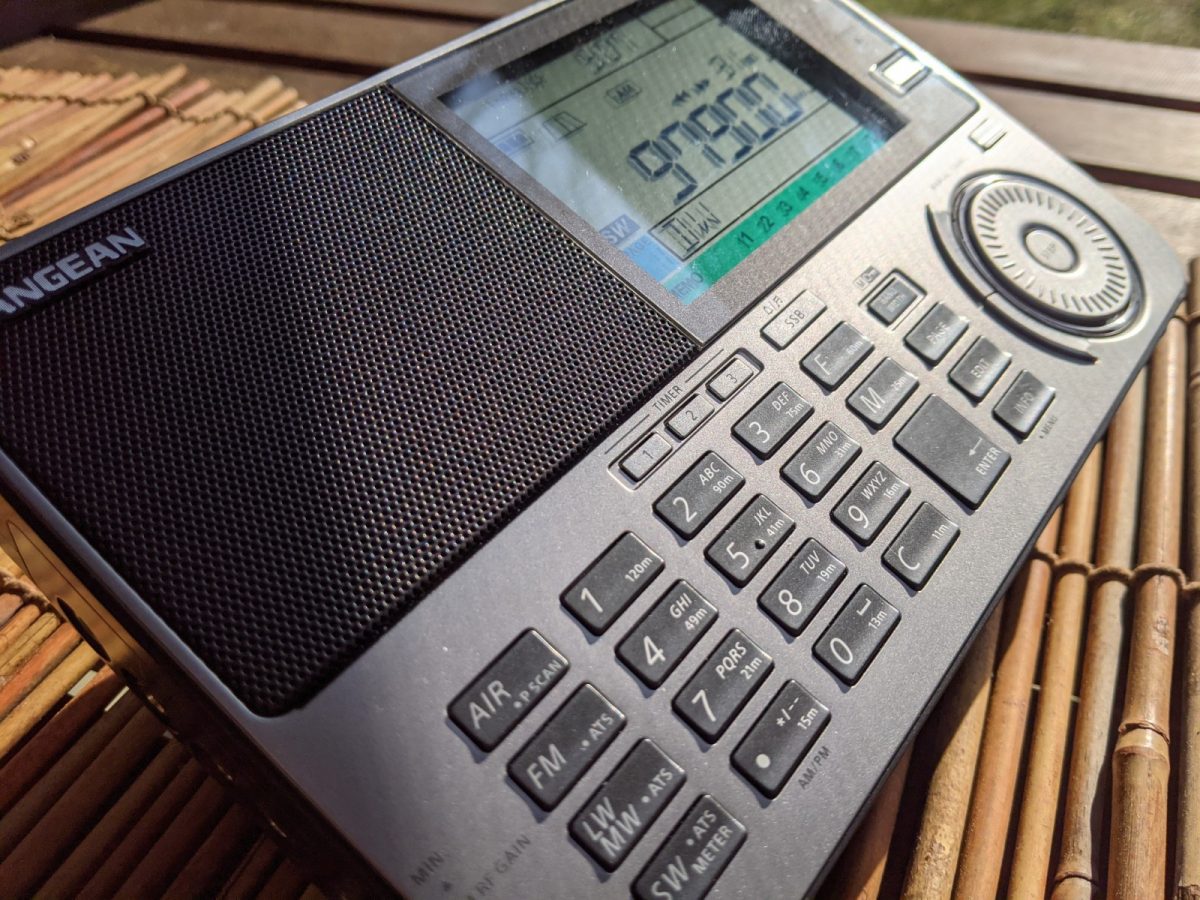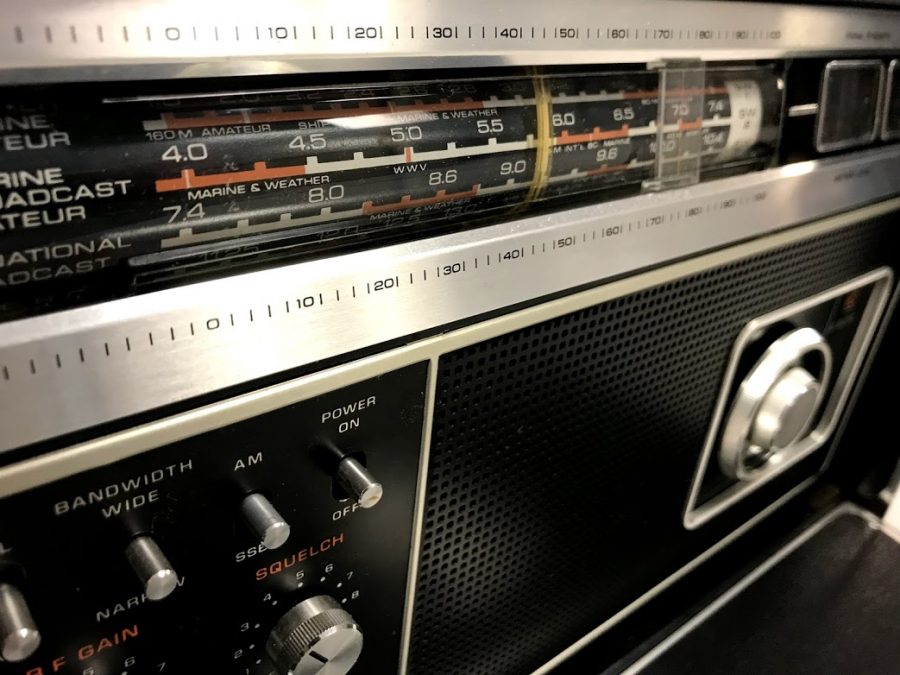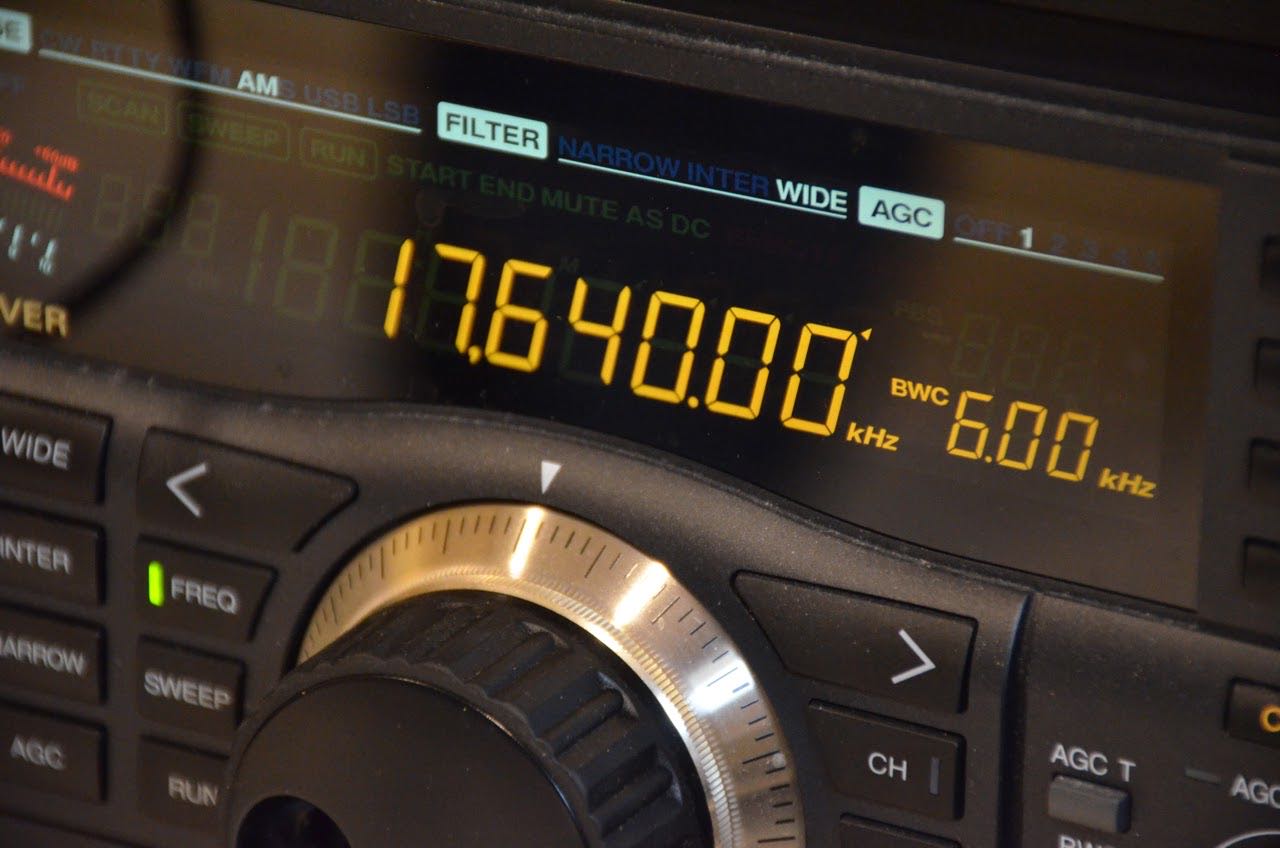
Radio Waves: Stories Making Waves in the World of Radio
Because I keep my ear to the waves, as well as receive many tips from others who do the same, I find myself privy to radio-related stories that might interest SWLing Post readers. To that end: Welcome to the SWLing Post’s Radio Waves, a collection of links to interesting stories making waves in the world of radio. Enjoy!
Many thanks to SWLing Post contributors Eric McFadden, Ken Carr, Mike Terry, Pete Eaton, and the Southgate ARC for the following tips:
A revised prediction from the NASA High Altitude Observatory based at the University Of Colorado.
NASA Heliophysicists have released a revised prediction for Solar Cycle 25.
The report generated by Ricky Egeland a Solar Physicist working in the NASA Space Radiation Analysis Group now calls for the peak of Solar Cycle 25 to top out at a value of 195 ± 17 based upon the new scale for calculating Smoothed Sun Spot Number. For reference Solar Cycle 21 peaked at an SSN 233 (new scale) while Solarcycle 23 peaked at an SSN of 180 (new scale). If this predictions holds up Ham Radio will see Excellent Worldwide F Layer Conditions on 10 Meters for several years around Solar Max. 6 Meters conditions should be good in the Equinox Periods before and after Solar Max with consistent openings on Medium Haul Polar Routes. 6 Meter routes traversing the equator should experience consistent openings ± 9 months from Solar Max.
Ricky Egeland is a particpating member in the group headed up by Scott McIntosh and Bob Leamon that published a paper 9 months ago outlining the existance magnetic bands within the Sun that govern the Sunspot and Hale Cycles. At the time of its publishing the paper went on to predict the peak of Solar Cycle 25 could be as high Solarcycle 21. Today’s released is a revised prediction based upon data observed since the original paper was published. To be sure we are still in early days.
The Solar Rotation Cycle as marked by Sunspot Activity was established on April 19, 2021 so we are only 90 Days into actually observing Cycle 25 Activity. It is now agreed the dramactic run-up in Sunspot Activity we experienced late Last Fall while tied to Cycle 25 was an outlier. When asked directly about whether they can declare if the Terminator Event they wrote about in the Fall 2020 Paper has occurred Scott McIntosh stated “We can’t be sure just yet but we are very very close”. It also should be noted that while it has been over a year since the sun produced a Cycle 24 Region with a Sunspot worthy of a NASA Classification the Sun has been steadily producing Spotless SC 24 Active Regions the last of which formed right on the Solar Equator at N00-W54 on July 24,2021 as recorded by Jan Alvestad’s Solar Terrestial Activity Report Website. These Active Regions being part of a Solarcycle in its final stages of existence produce no spots and only last for a few hours before they dissipate away. The previous SC24 Active Region formed on June 28, 2021. Once the SC24 active regions cease forming Solar Cycle 25 will take off in earnest.
Bob Marston AA6XE
Bob Marston AA6XE email – [email protected]
Ricky Egeland email – [email protected]
Scott McIntosh email – [email protected]
Bob Leamon via Twitter – https://twitter.com/leamonrj
I have an addiction to old radios, especially anything that was manufactured in the 1923-1950 period. That may seem like a long time to some folks but when you gain senior citizen status 25 years is a blink of the eye. This love of old radios is tempered by the limited display space that I have in my home. I am at the point where I am very selective when it comes to buying a new radio. Although there is always room for another ‘small’ radio I am somehow attracted to the larger models. A rough count of the full-size consoles in this house (and garage and shed) comes to about 11. Just in this room (second floor radio shack) there are 5 console radios, two of which reside in the closet. The only surprise is that my wife has not tossed the radios and me out by now.
So, it is no surprise that I enjoy attending radio flea markets. Most of the events I frequent are either in Connecticut or Massachusetts. Rhode Island has very little in the way of antique radio flea markets (although we do have a great wireless and steam museum). And you can forget about eBay. Radios on eBay usually have inflated prices and descriptions. Even if you do find something reasonable the shipping for anything bigger than an All American Five table model is very costly and hazardous (many are damaged during shipping).
This is where the Vintage Radio & Communications Museum of Connecticut (VRCMC) comes in. This is a wonderful museum that has an enormous collection of radios and other communication-related technological wonders. They also hold regular flea markets to help raise funds needed to run the museum. During the cold months the events are inside (limited space) and during warm seasons (April, June, September) they are outside (plenty of space). This year I attended the first Spring event that was held on April 13, 2021. It was a great success! [Click here to continue reading…]
Cheap, easy to use SDR dongles are an immensely powerful tool for learning about radio technology. However, building your own SDR is not something too many hackers are confident to tackle. [Ashhar Farhan, VU2ESE] hopes to change this with the sBITX, a hackable HF SDR transceiver designed around the Raspberry Pi.
[Ashhar] introduced the project in talk at the virtual “Four Days In May” annual conference of the QRP Amateur Radio Club International. Watch the full talk in the video after the break. He first goes over the available open source SDR radios, and then delves into his design decisions for the sBITX. One of the primary goals of the project was to lower the barrier of entry. To do this, he chose the Raspberry Pi as base, and wrote C code that that anyone who has done a bit of Arduino programming should be able to understand and modify. The hardware is designed to be as simple as possible. On the receive side, a simple superheterodyne architecture is used to feed a 25 kHz wide slice of RF spectrum to an audio codec, which send the digitized audio to the Raspberry Pi. The signal is then demodulated in software using FFT. For transmit, the signal is generated in software, and then upconverted to the desired RF frequency. [Ashhar] also created a GUI for the 7? Raspberry Pi screen.[…]
A power increase has been agreed for Radio Caroline to extend its coverage area from Suffolk and Essex to include Kent as East Sussex.
The station is broadcasting under a community radio licence and was originally granted 1kW of power on 648 AM in 2018. The actual power increase amount has not been announced.
Ofcom says a power increase was agreed to combat man made noise and interference in the existing coverage area, and to extend coverage to adjoining areas.
While the subsequent increase in the licensed area was considered to be significant, the decision-maker deemed there to be exceptional circumstances in order to approve this request, saying the service has experienced high levels of background noise and interference, particularly in urban areas.
The licensee also serves a ‘community of interest’ as opposed to a defined geographic community meaning the service is positioned to be accessible to the community of interest in the proposed extended areas.[…]
Do you enjoy the SWLing Post?
Please consider supporting us via Patreon or our Coffee Fund!
Your support makes articles like this one possible. Thank you!

